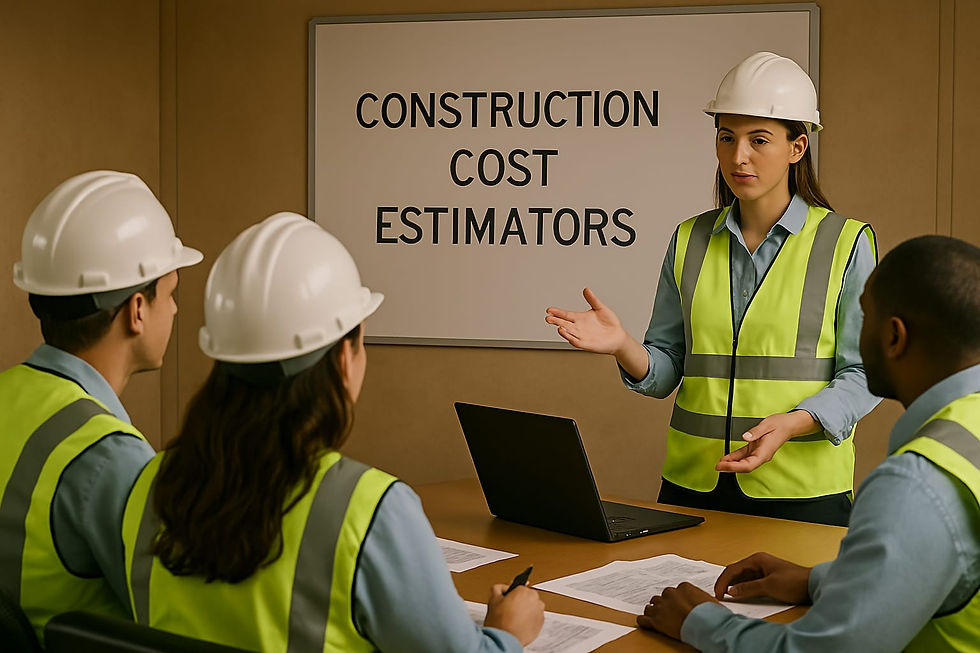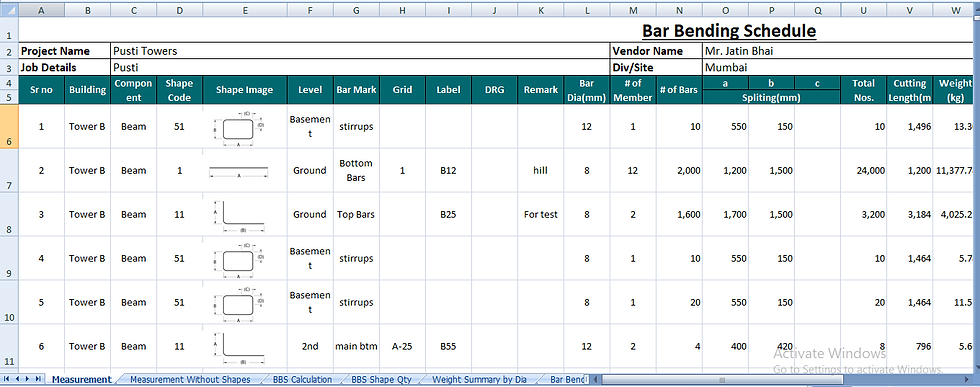Boost Your Project Savings with Cost-Effective Construction Methods
- Reinforcement BBS
- Oct 2
- 3 min read

When planning a construction project, managing costs effectively is crucial. Building a structure without overspending requires smart choices and innovative methods. Affordable building techniques can help you save money while maintaining quality and durability. This article explores practical ways to reduce expenses and maximize your project savings.
Understanding Affordable Building Techniques
Affordable building techniques focus on reducing construction costs without compromising the integrity of the structure. These methods involve using cost-efficient materials, optimizing labor, and adopting modern construction technologies. Here are some popular affordable building techniques:
Prefabrication: Components are manufactured off-site and assembled on-site, reducing labor costs and construction time.
Modular Construction: Similar to prefabrication, modular units are built in factories and transported to the site for quick assembly.
Use of Local Materials: Sourcing materials locally cuts down transportation costs and supports the local economy.
Simplified Design: Reducing architectural complexity lowers material waste and labor hours.
Energy-Efficient Solutions: Incorporating insulation and solar panels can reduce long-term operational costs.
By integrating these techniques, you can achieve a balance between affordability and quality.
Key Affordable Building Techniques to Consider
Choosing the right affordable building techniques depends on your project size, location, and budget. Here are some actionable recommendations:
Optimize Structural Design
Simplify the design to reduce the number of materials and labor required. For example, using rectangular or square floor plans instead of complex shapes can save money.
Use Alternative Materials
Materials like compressed earth blocks, recycled steel, or bamboo can be cheaper and environmentally friendly alternatives to traditional bricks and concrete.
Implement Efficient Project Management
Proper scheduling and resource allocation prevent delays and cost overruns. Use project management software to track progress and expenses.
Hire Skilled Labor Wisely
Skilled workers may cost more upfront but reduce errors and rework, saving money in the long run.
Leverage Technology
Tools like Building Information Modeling (BIM) help visualize the project and detect issues early, avoiding costly mistakes.
This approach focuses on maximizing value by balancing cost, quality, and time. It includes techniques like optimized bar bending schedules and efficient reinforcement planning.
How big of a house can you build for $100,000?
Building a house on a $100,000 budget requires careful planning and smart choices. The size of the house depends on location, material costs, labor rates, and design complexity. Here’s a rough guide:
In urban areas with higher costs: You might build a compact 800 to 1,000 square feet home using affordable materials and simple design.
In rural or less expensive regions: You could afford a larger home, around 1,200 to 1,500 square feet, by leveraging local materials and labor.
To maximize space and savings:
Opt for a single-story design to reduce foundation and roofing costs.
Use open floor plans to minimize interior walls.
Choose durable but inexpensive finishes like vinyl flooring or fiber cement siding.
By focusing on these strategies, you can build a comfortable and functional home within your budget.
Practical Tips to Save on Construction Costs
Saving money during construction is not just about materials but also about process and planning. Here are some practical tips:
Plan Thoroughly: Detailed blueprints and schedules reduce surprises and change orders.
Buy Materials in Bulk: Purchasing in larger quantities often comes with discounts.
Reuse and Recycle: Salvage materials from demolition sites or leftover supplies.
Negotiate with Suppliers and Contractors: Don’t hesitate to ask for better rates or payment terms.
Avoid Custom Features: Standard sizes and designs are cheaper and faster to build.
Monitor Progress Regularly: Frequent site visits help catch issues early.
Implementing these tips can significantly reduce your overall project expenses.
Future-Proof Your Construction Investment
Affordable building techniques not only save money upfront but also add value over time. Consider these future-proofing strategies:
Energy Efficiency: Invest in insulation, energy-efficient windows, and solar panels to lower utility bills.
Durability: Use materials that require less maintenance and have longer lifespans.
Flexibility: Design spaces that can be adapted for different uses as needs change.
Sustainability: Incorporate green building practices to reduce environmental impact and potentially qualify for incentives.
By thinking long-term, you ensure your investment remains valuable and cost-effective.
Affordable building techniques are essential for anyone looking to build smartly and save money. By combining thoughtful design, efficient materials, and modern methods, you can achieve your construction goals without breaking the bank. Explore the possibilities and start planning your cost-effective construction project today!




Comments